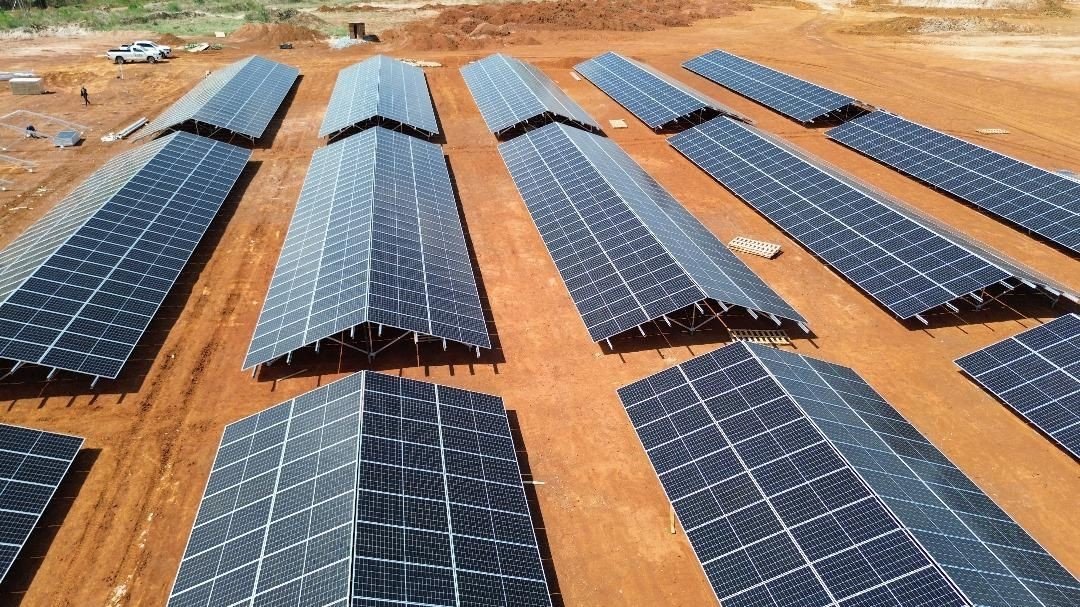How to Calculate the Performance Ratio (PR) of a Solar Power Plant

Performance Ratio Formula
The Performance Ratio (PR) is calculated using the following formula:
PR = (Yf / Yr) × 100%
Where:
- Yf (Actual Yield) = Total energy output (Eout) / System rated power (P0)
- Yr (Reference Yield) = Total solar irradiation (Hi) / Reference irradiance (Gi,ref = 1 kW/m²)
Step-by-Step Calculation
1. Determine Actual Yield (Yf)
- Eout: Measure the plant’s total energy output over a specific period (e.g., annual energy production in kWh).
- P0: Sum the rated power of all solar modules under Standard Test Conditions (STC, 1 kW/m² irradiance, 25°C cell temperature).
- Yf = Eout (kWh) / P0 (kW) → Units: Hours (h).
2. Calculate Reference Yield (Yr)
- Hi: Measure the total in-plane solar irradiation received by the panels during the same period (in kWh/m²). Use pyranometers or sensors like Sunny SensorBox.
- Gi,ref: Use the reference irradiance (1 kW/m²).
- Yr = Hi (kWh/m²) / 1 kW/m² → Units: Hours (h).
3. Compute PR
PR = (Yf / Yr) × 100% → Expressed as a percentage.
Example
Assume a 1 MW (1,000 kW) plant generates 1,500,000 kWh annually and receives 1,800 kWh/m² irradiation:
- Yf = 1,500,000 kWh / 1,000 kW = 1,500 h
- Yr = 1,800 kWh/m² / 1 kW/m² = 1,800 h
- PR = (1,500 / 1,800) × 100% ≈ 83.3%
Key Notes
- Purpose: PR isolates system efficiency from location-specific factors (e.g., solar resource) to compare performance across different plants or time periods.
- Losses Included: Factors like temperature derating, wiring losses, inverter inefficiency, shading, and dust accumulation are inherently reflected in PR.
- Timeframe: Typically calculated annually but can adapt to shorter periods (monthly/daily) with context-aware interpretation.
For accurate results, ensure precise measurements of irradiation (Hi) and energy output (Eout).